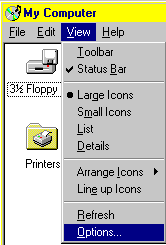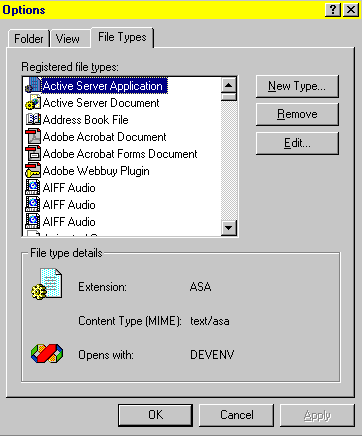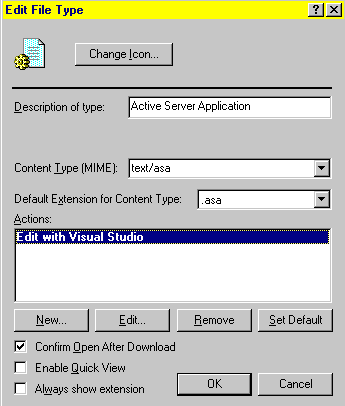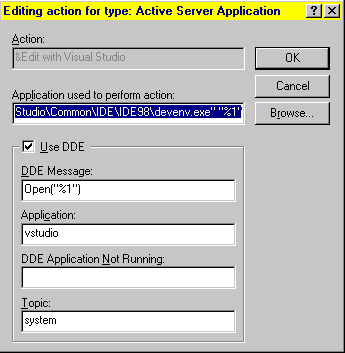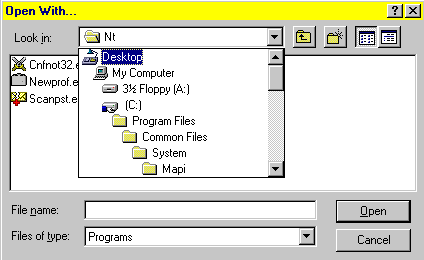|
|

|
|
|
How To Change File Associations In Windows Occasionally, you will get an error stating that Windows does not know which program to use to open a particular type of file. This is based upon the file extension. For example, Microsoft Word documents have .doc extensions while Excel documents have .xls extensions. Your browser (Internet Explorer or Netscape) is probably configured to automatically open any time you try to open a .asp, .htm or .html file. In most cases, there is a simple solution. You would just right-click on the file and choose the "Open With" option if your version of the operating system supports that. A window will pop-up allowing you to choose the program to open that kind of application. Make sure that there is a checkmark in the box that says "Always use this program to open this file." You can click on the box to add the checkmark if needed. There is another way to change the "file association" of an extension to tell Windows to use a different program to open that sort of file. Here is how you do it. Open the "My Computer" icon on your desktop.
Click the "View" menu and choose "Options" as shown above.
Click the "File Types" tab at the top. Scroll down the box to find the type of type of file that you need to switch. You can see the associated file extension in the gray part of the box when you've selected a type of program. Click to select the file type then click the "Edit" button.
Click to select the type of action that is needed in the bigger white box. It will probably already have the action that you need in there. Once highlighted, click the "Edit" button.
You need to select the "Application used to perform action" by clicking the "Browse" button.
Click the drop-down arrow in the top box of the "Open With" window as pictured above. From there, you will need to start clicking to find your program. Most of these programs will be located in your "Program Files" folder on your C drive. If you can't find a particular program then try clicking the "Start" button on your main screen to use the "Find" tool. This utility will locate files and tell you where they are located. Once you've got the right file in the "File Name" box from clicking through the drop-down options, click the "Open" button and then "OK" your way back out. Your computer will now open files with the problem file extension by using whatever program you selected above. |
